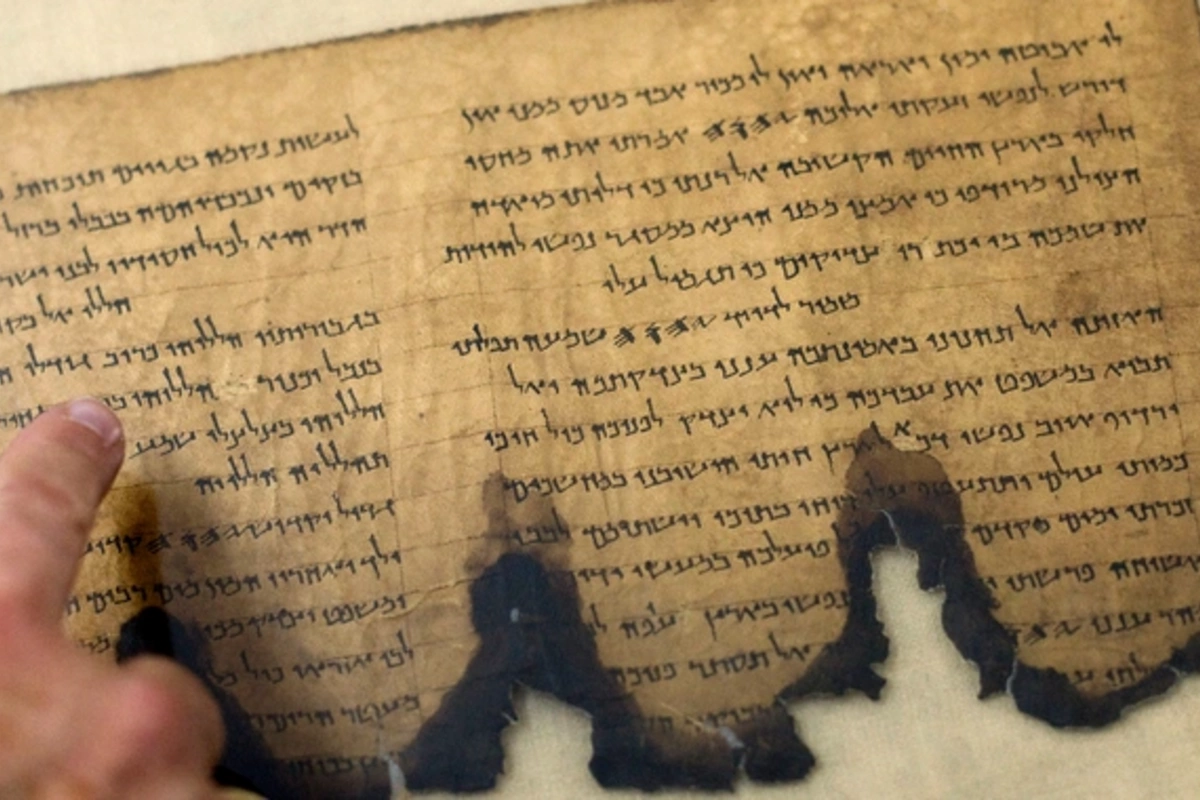04 Jun , 23:15
0

Artificial Intelligence revealed the secrets of ancient biblical texts: Dead Sea Scrolls turned out to be older than previously thought
Scientists from the University of Groningen have made a real breakthrough in the study of ancient manuscripts. Their innovative machine learning model called Enoch can determine the age of manuscripts with astonishing accuracy by analyzing handwriting features. The results of the study, published in the journal PLOS One, literally overturn our understanding of the dating of the famous Dead Sea Scrolls.
The Dead Sea Scrolls, discovered in the mid-20th century, have always been considered an invaluable source of information about the roots of Judaism and Christianity. Modern technologies have allowed us to look at these ancient texts in a completely new way.
Until recently, scientists determined the age of fragments primarily through paleographic analysis, studying the shape and style of letters. However, a significant time gap between dated documents from the 5th-4th centuries BCE and the 1st-2nd centuries CE created serious difficulties for accurate dating. The team of The Hands That Wrote the Bible project found a solution by combining radiocarbon analysis, artificial intelligence, and geometric analysis of writing.
Created on the basis of the BiNet neural network architecture, the model captures the smallest nuances of handwriting – from angles of inclination to characteristic curves of lines – and compares them with radiocarbon analysis data. Surprisingly, in some cases, the digital method proved even more reliable than traditional physical research.
Among the sensational discoveries is the confirmation of the age of a fragment of the Book of Daniel, which indeed dates back to the 160s BCE, which coincides with scientific assumptions about the time of creation of the original text. A fragment of Ecclesiastes is dated to the 3rd century BCE, confirming its origin in the Hellenistic era, not during the time of King Solomon, as previously thought.
The study also forces a reconsideration of the history of writing development in ancient Judea. It turned out that the Hasmonean writing style emerged earlier than the presumed date, and the Herodian era style began to be used much earlier than previously thought. These discoveries significantly change our understanding of cultural and political processes in the region during the Hellenistic and early Roman periods.
The new methodology also opens up prospects for a deeper study of the literacy level of ancient society, the evolution of religious groups, and possible connections between the Qumran texts and emerging Christianity.